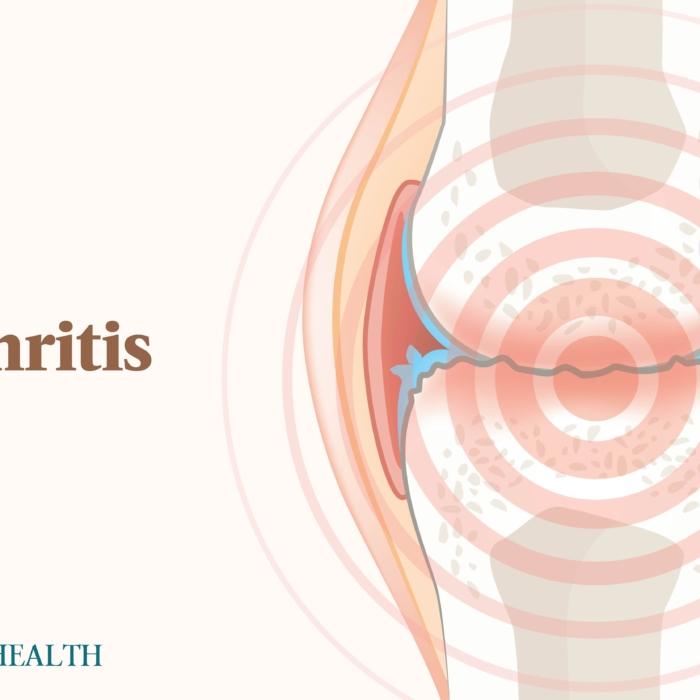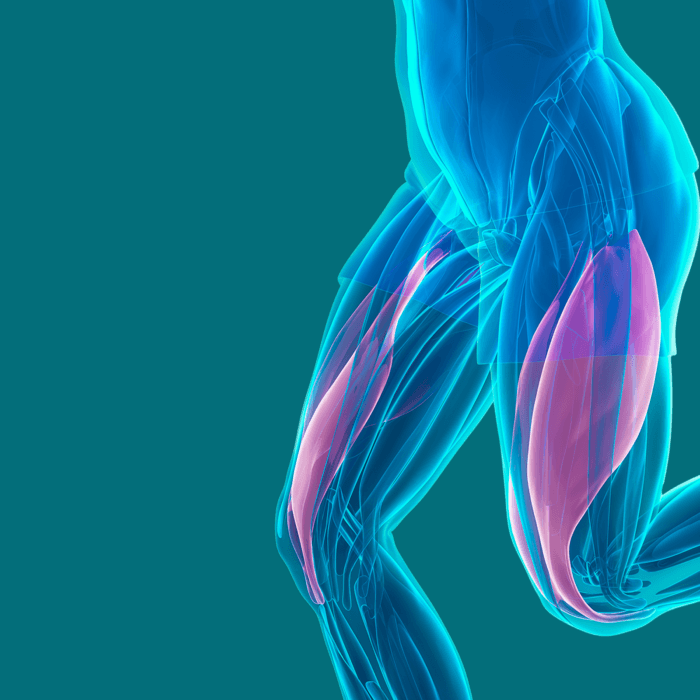It was the beginning of October. My wife, in her mid-30s at the time, was working at the computer. Everything was going well—a rather routine day, albeit a bit cold. But then, out of nowhere, something changed.
She suddenly found it difficult to use her fingers and was shocked to see a pale, bluish-white flush spread across them from her fingertips all the way up to her fingers’ middle joints. She simultaneously experienced several sensations: numbness coupled with prickly, tingling pain.
Later, when her fingers morphed from the pale, bluish-white pallor into a bright, rosy redness, they burned incessantly.
This was her first experience with Raynaud’s phenomenon.
Understanding Raynaud’s
More common than multiple sclerosis, leukemia, and Parkinson’s combined, Raynaud’s affects an estimated 15 million to 30 million Americans, according to the Raynaud’s Association.“Only one in 10 seeks treatment,” the association’s website reads.
Raynaud’s phenomenon (also known as Raynaud’s disease or syndrome) is characterized by abnormal vasoconstriction of the small blood vessels of the fingers and toes. It most often affects the fingers and, in rare cases, the ears and nose.
- Primary: This is the most common form and isn’t a result of another medical condition. When mild, many people don’t seek treatment.
- Secondary: This is associated with another health condition, such as rheumatoid arthritis, lupus, scleroderma, or Sjogren’s syndrome.
Medications can also play a role. Certain blood pressure, migraine, and attention-deficit/hyperactivity disorder medications can exacerbate Raynaud’s syndrome. Smoking is also a risk factor because it narrows the blood vessels.
Although exposure to cold temperatures remains the most common cause of flare-ups, repetitive actions or vibrations (such as using jackhammers, typing, or playing the piano) can also trigger bouts of Raynaud’s.
Bouts of Raynaud’s syndrome are generally temporary, but some people can have episodes frequent enough or long enough to develop skin ulcers and even gangrene in affected areas.
Management of Raynaud’s phenomenon involves several factors and often varies between individuals. Exercise can boost the circulatory system and help reduce symptoms.
5 Exercises for Managing Raynaud’s
I recommend a two-step exercise approach to manage Raynaud’s symptoms:- Daily exercise to boost cardiovascular health to ensure maximal circulation throughout your body
- Exercises to address acute episodes, especially for people who have frequent or sustained Raynaud’s presentations
1. Hand Clapping/Tapping
Simple clapping and tapping of the hands can help restore blood flow. This is the first exercise I recommend to anyone with a Raynaud’s outbreak.
Palm-to-Palm
Step 1: In a sitting or standing position, clap your hands together so your fingers are making direct contact with one another for the complete length of your hand. Clap for one minute.Palm-to-Dorsum (Back of Hand)
Step 1: Reverse one hand to tap/clap on the back of the other hand.2. Arm Windmill
The arm windmill uses centrifugal force to help blood return to the fingers. Once you’ve worked on clapping and the hands are prepped, the arm windmill can help get blood back out to the fingers. This exercise is best performed when standing because of the space your arms need, but you can use a stool or other backless sitting surface.
3. Proximal-Distal Stroking
Following the arm windmill, proximal-distal stroking can help move the blood toward the fingers. It’s best to perform while sitting so that you can assertively push against the bottom limb with your other hand.
Dorsal Presentation (Palm up on Bottom Arm)
Step 1: While sitting, place one arm on a table with your elbows and fingers in complete contact with the table and your palm facing up.Ventral Presentation (Palm Down on Bottom Arm)
Perform this exercise the same way but with your palm facing down. Perform three sets of 12 reps for each arm.4. Fast Rubbing
Fast rubbing provides a frictional component that produces heat and helps to mobilize the tissues of the hand to encourage blood flow.
Palm-to-Palm
Step 1: Simply place your hands together from your palms to your fingers.Palm-to-Dorsum (Back of Hand)
Step 1: Place one of your hands on the back of your other hand.5. Hand Rapid Open/Close
I find opening and closing the hands to be an instinctive response when Raynaud’s episodes start; however, this is often performed ineffectively. Be sure to open and close your hands intentionally and intensely, which can help return circulation to your fingers.
Closing and opening your hands counts as one repetition. Perform 20 repetitions per set and a total of three sets.
Although the overall management of Raynaud’s phenomenon is best conducted under medical supervision, these exercises can help decrease the severity and duration of acute Raynaud’s vasoconstriction episodes.













